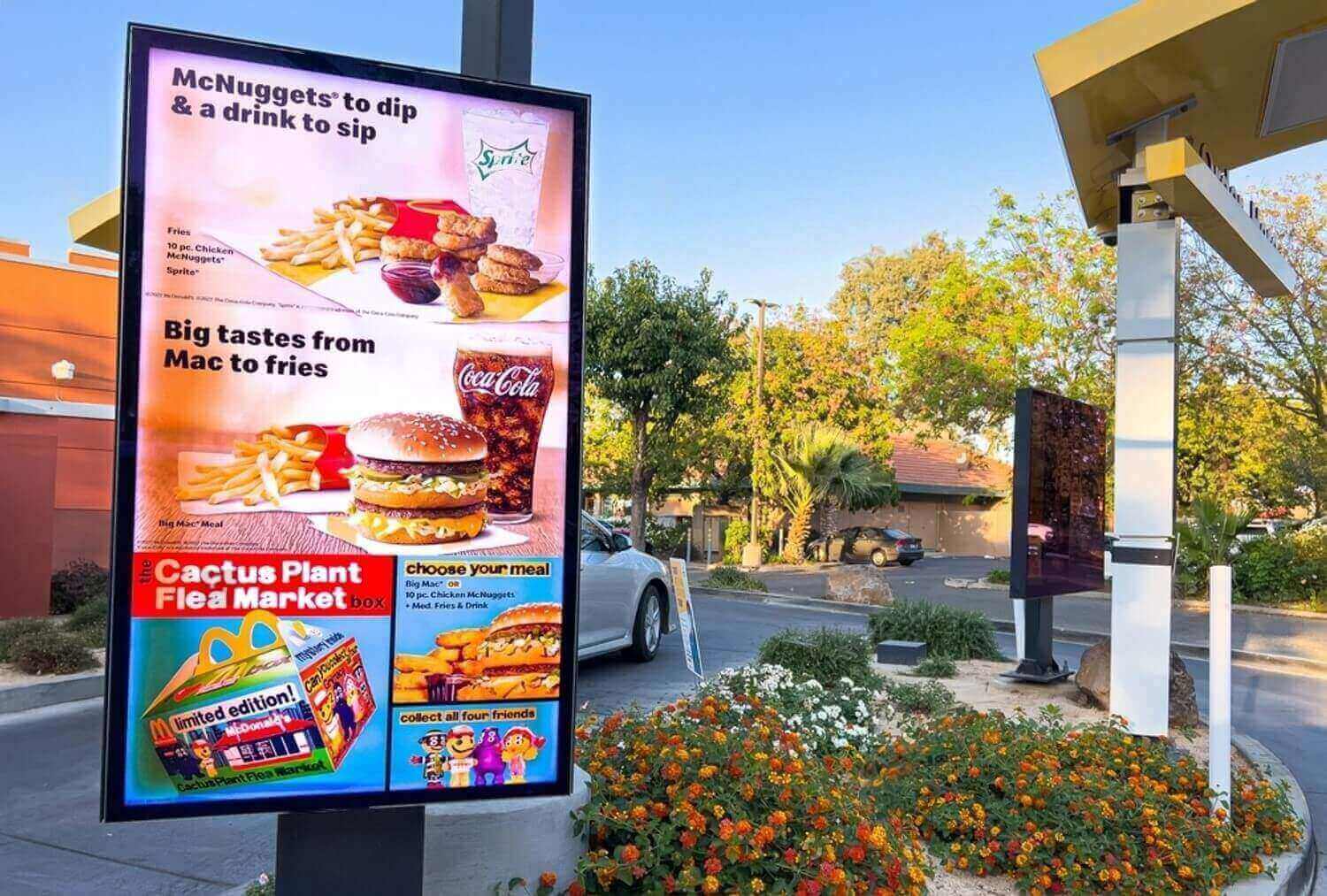In the ever-evolving landscape of the hospitality industry, restaurants continuously seek innovative ways to enhance customer experience while streamlining operations. One such innovation that has gained significant traction is the integration of digital menu boards into dining establishments. These digital displays not only revolutionize the way menus are presented but also offer a myriad of benefits for both patrons and restaurant owners alike.
The Rise of Restaurant Digital Menu Boards:
Traditional static menus, printed on paper or displayed on chalkboards, are gradually becoming relics of the past. In their place, dynamic and interactive digital menu boards are taking center stage. These high-definition screens not only capture attention with vibrant images and animations but also offer unparalleled flexibility and functionality.
Enhanced Visual Appeal:
The visual impact of restaurant digital menu boards is undeniable. With vibrant colors, high-resolution imagery, and dynamic animations, these displays captivate the attention of diners, enticing them with mouthwatering visuals of the culinary offerings. Unlike static menus, digital menu boards allow for effortless updates, enabling restaurants to showcase seasonal specials, promotions, or new additions instantly.
Streamlined Operations:
Digital menu boards streamline restaurant operations by eliminating the need for manual updates and printing costs associated with traditional menus. With a few clicks, menu items can be added, removed, or modified across all displays, ensuring consistency and accuracy throughout the establishment.
This not only saves time for staff but also reduces waste and minimizes the environmental footprint associated with paper menus. The seamless integration of restaurant digital menu boards with existing technology infrastructure, including point-of-sale (POS) systems and kitchen display systems, further enhances efficiency and ensures synchronized updates across all platforms.
Personalized Recommendations:
One of the key advantages of digital menu boards is their ability to offer personalized recommendations based on customer preferences and dining history. Integrated with customer relationship management (CRM) systems or loyalty programs, these displays can suggest menu items tailored to individual tastes, dietary restrictions, or previous orders, enhancing the overall dining experience and fostering customer loyalty.
Interactive Features:
Digital menu boards go beyond mere presentation; they can also incorporate interactive features to engage diners further. From virtual chef demonstrations and ingredient sourcing videos to nutritional information and allergen alerts, these displays provide valuable information at the fingertips of customers, empowering them to make informed decisions about their dining choices.
Seamless Integration:
Restaurant digital menu boards seamlessly integrate with existing technology infrastructure, including point-of-sale (POS) systems, inventory management software, and kitchen display systems. This integration ensures real-time updates across all platforms, synchronizing menu changes with inventory levels and kitchen operations, thereby optimizing efficiency and reducing errors.
Adaptability to Changing Needs:
The flexibility of digital menu boards makes them well-suited to adapt to the evolving needs of restaurants. Whether it’s adjusting pricing during different times of the day, promoting happy hour specials, or accommodating last-minute menu changes, these displays offer unparalleled agility and responsiveness to meet the dynamic demands of the hospitality industry.
In an era where technology permeates every aspect of daily life, the adoption of digital menu boards represents a natural progression for the restaurant industry. Beyond their visual appeal, these digital displays enhance customer experience, streamline operations, and offer a myriad of benefits for both patrons and restaurant owners. As the hospitality landscape continues to evolve, embracing digital innovations like restaurant digital menu boards is not just a competitive advantage but a necessity to thrive in an increasingly digital world.



